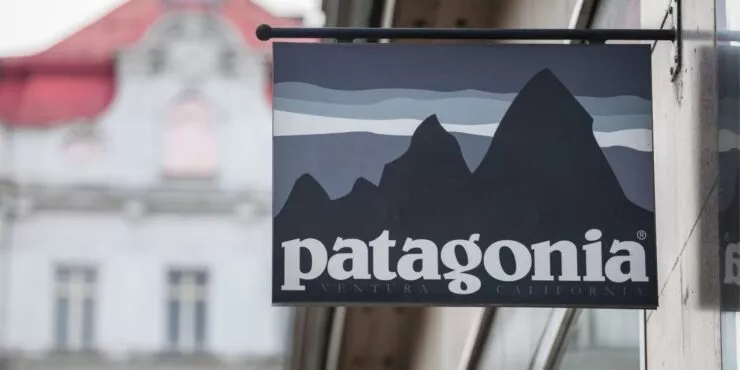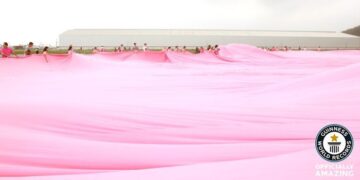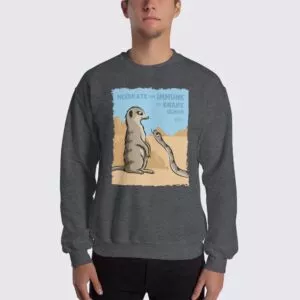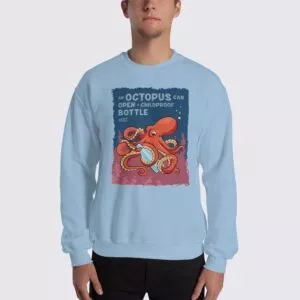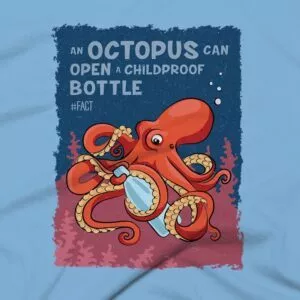A brand that has changed how shoppers and clothing companies view their environmental impact, Patagonia has become a company that has expanded beyond its original intention of outdoor clothing and equipment.
You may associate Patagonia as a staple in the closet of many outdoor enthusiasts, but there is much more to this company that you may not yet be aware of.
Here are 30 facts about Patagonia!
Patagonia started selling corduroy shorts and rugby shirts in the U.S. to climbers looking for sturdier fabrics for their sport.
A trip to Scotland in 1970 inspired the rugby shirts of the brand’s beginning which caused Patagonia’s founder Yvon Chouinard to begin importing styles from the U.K. and New Zealand.
With its origins in climbing, the brand has now expanded its focus to include other silent sports (no engine required) such as snowboarding, skiing, mountain biking, fly fishing, surfing, and trail running.
Patagonia, the mountainous region in South America, is what inspired the brand’s name.
Retail stores offer customers a service to recycle their old polar fleeces, including brands that are not Patagonia.
Patagonia was founded in 1973 in Ventura, California, where the headquarters remains.
Walmart joined forces with Patagonia in 2010 to create the Sustainable Apparel Coalition with the goal of reducing the environmental impact of apparel companies.
Yvon Chouinard is still the owner of the entire brand with his wife.
Patagonia’s mission statement is “We’re in business to save our home planet.”
The Worn Wear program is an online marketplace through the company selling used Patagonia gear to extend the life cycle of their garments.
In 1994, the decision to switch to organic cotton was made, and the first all organic cotton line was introduced to consumers in 1996. All cotton used in the company since then has been organic.
Patagonia is transparent with its supply chain and includes its finished goods suppliers list available on its website.
They hold the title as the first brand in the world to be certified by the Traceable Down Standard as well as the Responsible Wool Standard.
Since 1983 Patagonia has implemented an “earth tax” on itself, donating at least 1% of its sales to environmental groups.
For Black Friday 2011, the company printed a full-page ad in the New York Times asking customers not to buy any products they don’t need, which unintentionally ended up increasing Patagonia’s sales.
Though the brand’s target market is in the sports community, large fashion brands, including Supreme and designer Patrik Ervell have paid homage to Patagonia in their own designs.
Patagonia employees are given opportunities to be involved in environmental projects, including an annual community Salmon Run, bike-to-work-week, and a company-expensed trip to Chilean Patagonia to help develop Chile’s soon-to-be newest national park by restoring a former sheep ranch.
The company has gone beyond just apparel and sporting equipment and has dove into fixing the food chain by selling sustainably sourced food to customers.
Patagonia derived from Yvon Chouinard’s original company Chouinard Equipment but took on its current name to represent the clothing part of the business and to avoid the clothing becoming only associated with mountain climbing.
The brand was the first company to teach the concept of layering to sporting and outdoor consumers, which they used in their catalogs.
In 1988 the company began its first environmental campaign, which encouraged the de-urbanization of Yosemite Valley and has continued every year to educate on a specific environmental issue.
From early in the company’s history, they have made steps toward reducing their environmental impact, including using recycled content paper in their catalogs and using solar tracking skylights in their distribution center.
Patagonia had multiple lawsuits filed against them in the 1980s regarding their safety warnings on gear.
The brand continuously adds new environmentally friendly fabrics into its supply chain, including hemp and fabrics created from recycled plastic.
The company went close to bankruptcy in 1991 during a recession that caused them to lay off 20% of its workforce.
Patagonia’s first brush with bankruptcy occurred early on in 1973 after having to sell a batch of defective shirts at a large discount.
Company culture is an important part of the brand. The company headquarters has no private offices and includes one of the first 150 on-location childcare centers in the country for its employees.
Yvon Chouinard’s net worth has been estimated at $1 billion because of his brand, and he is included on the Forbes billionaires list.
As of 2019, the brand has store locations in 20 countries and territories.
One of the companies most well-known achievements to the outdoors community was its introduction of the pile jacket.
So there we have it. The worldwide fashion label Patagonia we know today started very differently with its original shorts and rugby shirts for U.S climbers.
Its range was extended to cater to a whole host of different sports.
Patagonia goes a long way to providing quality eco-friendly, sustainable products, and many other major fashion labels have since adopted many of the companies principles.
Patagonia encourages its employees to take part in many sustainable activities and practices.
So if you’re looking to buy a high-end quality, well-known label that also makes a statement, why not give Patagonia a try? You won’t be disappointed.
